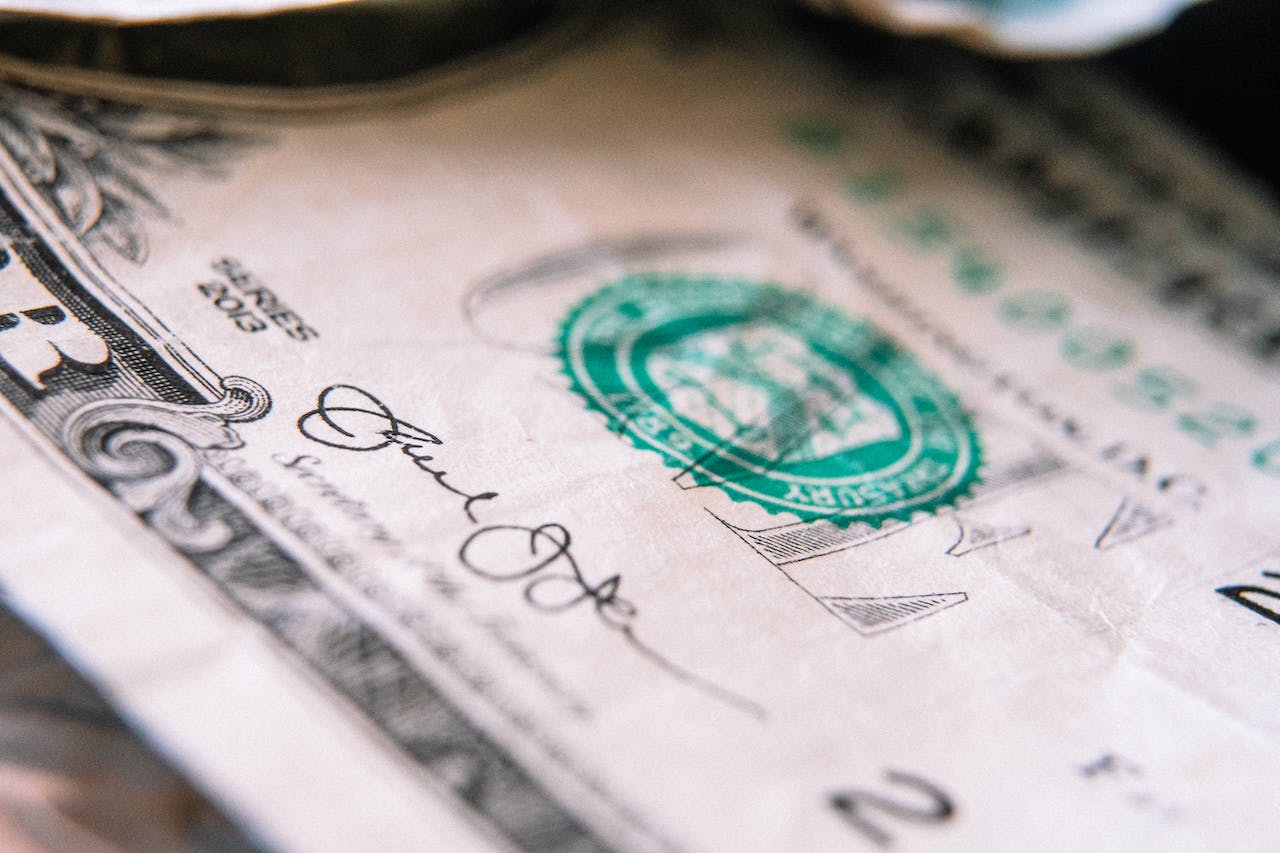In a media briefing on Wednesday, Mark Cabana, the head of US rates strategy at Bank of America (BofA), forecasted a probable steepening of the US Treasury yield curve in 2024. Cabana pointed to the Federal Reserve’s anticipated move to cut interest rates as the primary driver behind this projection.
According to Cabana, the benchmark 10-year US Treasury yields are anticipated to reach 4.25% by the close of the upcoming year. He further elaborated that the US Treasury Yield curve, which compares the yields of two-year and ten-year Treasury bonds – a metric often scrutinized for recessionary signals, particularly when inverted – is expected to transition into positive territory next year, concluding at +25 basis points.
Despite the foreseen bond rally, Cabana expressed concerns about the persisting impact of demand-related issues on long-dated securities. These concerns stem from the Treasury’s anticipated escalation in debt issuance, leading to what Cabana described as a challenging “supply-demand backdrop.” He emphasized the substantial duration risk that the market would need to absorb in light of these conditions.
Long-dated Treasury yields, which typically rise when bond prices fall, experienced a surge earlier this year. This surge was attributed to investor apprehensions regarding prolonged high-interest rates and mounting worries over an increased supply of government bonds. However, yields have retraced this month, propelled by expectations that the Federal Reserve has peaked in its interest-rate hiking cycle. Additionally, the Treasury’s announcement of a more restrained year-end schedule for Treasury debt sales contributed to this recalibration.
As of Wednesday, ten-year yields, which had breached the 5% mark last month for the first time in 16 years, were reported to be around 4.28%. This shift in trajectory aligns with the prevailing sentiment that the Federal Reserve may initiate interest rate cuts in the coming months. According to data from CME Group, traders in Fed funds futures have recently increased bets on the possibility of rate cuts, with some speculating a potential start as early as March next year. However, the consensus among these traders remains that the first cut is more likely to be delivered in May.
“We are increasingly confident that they will be delivering rate cuts next year,” stated Cabana, underscoring the evolving market sentiment. Despite this confidence, he acknowledged that the precise timing of the first rate cut remains uncertain.
The projections and insights provided by Cabana shed light on the intricate interplay between monetary policy, market dynamics, and economic indicators, offering investors and financial analysts valuable perspectives as they navigate the ever-changing landscape of the US Treasury market.
Source: Reuters



